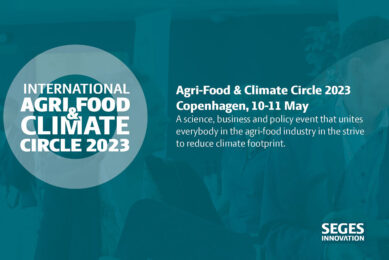Warming law applies pressure to industries
California’s landmark law to drastically cut greenhouse gases could boost the state’s economy or make it even more expensive to live in California. It may do both.
The Global Warming Solutions Act, which drew international attention when it
became law in September, is vague on details about how the state must cut
emissions that cause the planet to warm – most notably carbon dioxide, methane
and nitrous oxide. Still, the act portends unprecedented change in the ways
Californians live and work, probably affecting the power that we use, the cars
we buy and how our food is grown.
The act calls for the state to first
ratchet its emissions back to 1990 levels — the same target in the Kyoto
Protocol, a seminal environmental treaty so far spurned by the federal
government. By 2050 emissions would have to be cut by 80% under the 1990 levels.
The law must still survive various court challenges.
Determining which
industries will carry the biggest burden is the job of the California Air
Resources Board. The general idea is to employ a market-based approach that
rewards businesses for cutting emissions while penalizing others that fail to
meet target levels. The industries that have the most to gain or lose include
automobile makers, energy companies, the forestry sector and farmers.
The
trading of “carbon credits” from one business to another is essential to the
legislation. Companies that cut their emissions can sell those “credits” to
other polluting companies. Companies can trade credits within California as well
as with companies in the United Kingdom and continental
Europe.
Growing green
The forestry sector and agriculture
industry ultimately will figure heavily in implementation of the new law, for
the simple reason that plants pull greenhouse gases from the air and store it in
woody tissue.
Agriculture is California’s biggest business and a
significant producer of greenhouse gases. Cows belch vast quantities of methane.
Ploughing releases nitrous oxide into the atmosphere. Both compounds are potent
greenhouse gases. Methane traps heat 30 times more effectively than carbon
dioxide, while nitrous oxide is 300 times more efficient.
Frank
Mitloehner, an associate professor of animal science at UC Davis and the
director of the university’s Agricultural Air Quality Center, said each of
California’s 3.4 million dairy cattle emit between 150 to 200 kg of methane a
year. That’s roughly the equivalent of emissions from up to 4 million
cars.
Special feed additives
Still, Mitloehner said, ridding
the state of its dairy cows isn’t the best way to cut greenhouse gases. Rather,
he said, methane levels can be lowered by changing the dairy cows’ diet. Special
feed additives, he said, are effective in curtailing the growth of methanogens –
the bacteria that produce methane – in the bovine gut. The fewer methanogens,
the less methane.
Livestock can also help in the fight against global
warming, Mitloehner said, given that they consume as well as release carbon.
“Virtually all the food byproducts produced by Central Valley agriculture – nut
husks, waste grain, cottonseed – end up as commercial cattle feed,” Mitloehner
said. “If it wasn’t going to the cattle, it would be rotting on the ground or in
a landfill, releasing carbon dioxide and methane.”
And increasingly,
dairy farmers are capturing the methane their cows produce by containing the
manure in tanks; the gas is then burned to produce electricity for farm needs.
That’s another way that farmers could acquire sellable carbon credits.
In
fact, Mitloehner said, agriculture in general constitutes a major carbon sink –
every green growing thing on a commercial farm, from an almond tree to a lettuce
seedling, is pulling carbon from the air.
No one has done the math yet,
Mitloehner said, to quantify agriculture’s role as both a reservoir and emitter
of greenhouse gases. So it’s unclear how much the new law will cost growers – or
whether farmers stand to make substantial profits. And until such calculations
are done, farmers will remain wary of the act.











